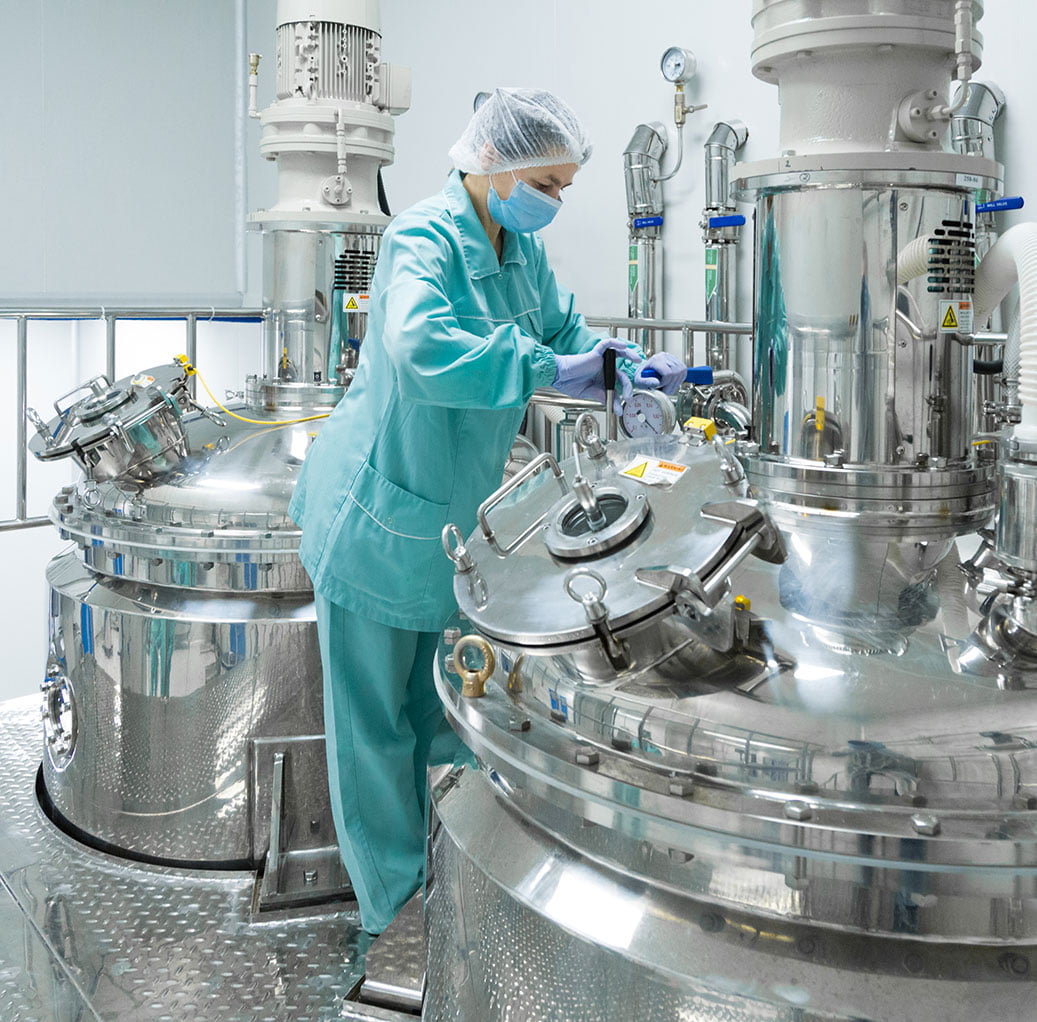Life, in its myriad forms, is a complex interplay of chemical reactions. From the smallest microorganisms to the largest mammals, every living entity requires certain chemical substances to survive, grow, and reproduce. This article delves into the fascinating world of biochemistry to explore the essential chemical substances that organisms require to live.
Essential Chemical Substances: The Building Blocks of Life
- Water (H2O): Water is the most abundant chemical substance in living organisms, making up about 60-70% of the human body. It acts as a solvent, a temperature buffer, and a metabolite, playing a crucial role in nutrient transport, waste removal, and biochemical reactions.
- Proteins: These complex molecules are composed of amino acids and are vital for structure, function, and regulation of the body's tissues and organs. They participate in cell signaling, immune responses, and the formation of DNA.
- Carbohydrates: These are the body's primary source of energy. They are also involved in cell-cell recognition processes and provide structural integrity to cells and organisms.
- Lipids: Lipids, including fats, oils, and waxes, are essential for energy storage, insulation, and cell membrane formation. They also play a role in signaling and hormone production.
- Nucleic Acids: DNA and RNA are the genetic material of cells, carrying the instructions for protein synthesis and cell replication. They are the basis for genetic inheritance.
- Vitamins and Minerals: These are required in small amounts but are crucial for metabolic processes, bone formation, blood clotting, and maintaining the health of the skin, eyes, and nervous system.
The Role of Trace Elements
Trace elements, such as iron, zinc, copper, and selenium, are required in minute quantities but play significant roles in various biological functions. For instance, iron is a key component of hemoglobin, the molecule that transports oxygen in the blood. Zinc is involved in DNA synthesis and cell division, while copper aids in iron metabolism and neurotransmission.
The Balance of Chemical Substances: A Delicate Dance
Maintaining the right balance of these chemical substances is crucial for health. Imbalances can lead to a range of health issues, from minor ailments to serious diseases. For example, a deficiency in vitamin C can lead to scurvy, while an excess of iron can cause hemochromatosis, a condition that can damage organs.
Conclusion
The chemical substances that organisms require to live are diverse and multifunctional, reflecting the complexity of life itself. Understanding these substances and their roles not only deepens our appreciation of the miracle of life but also has practical implications for health, medicine, and biotechnology.

